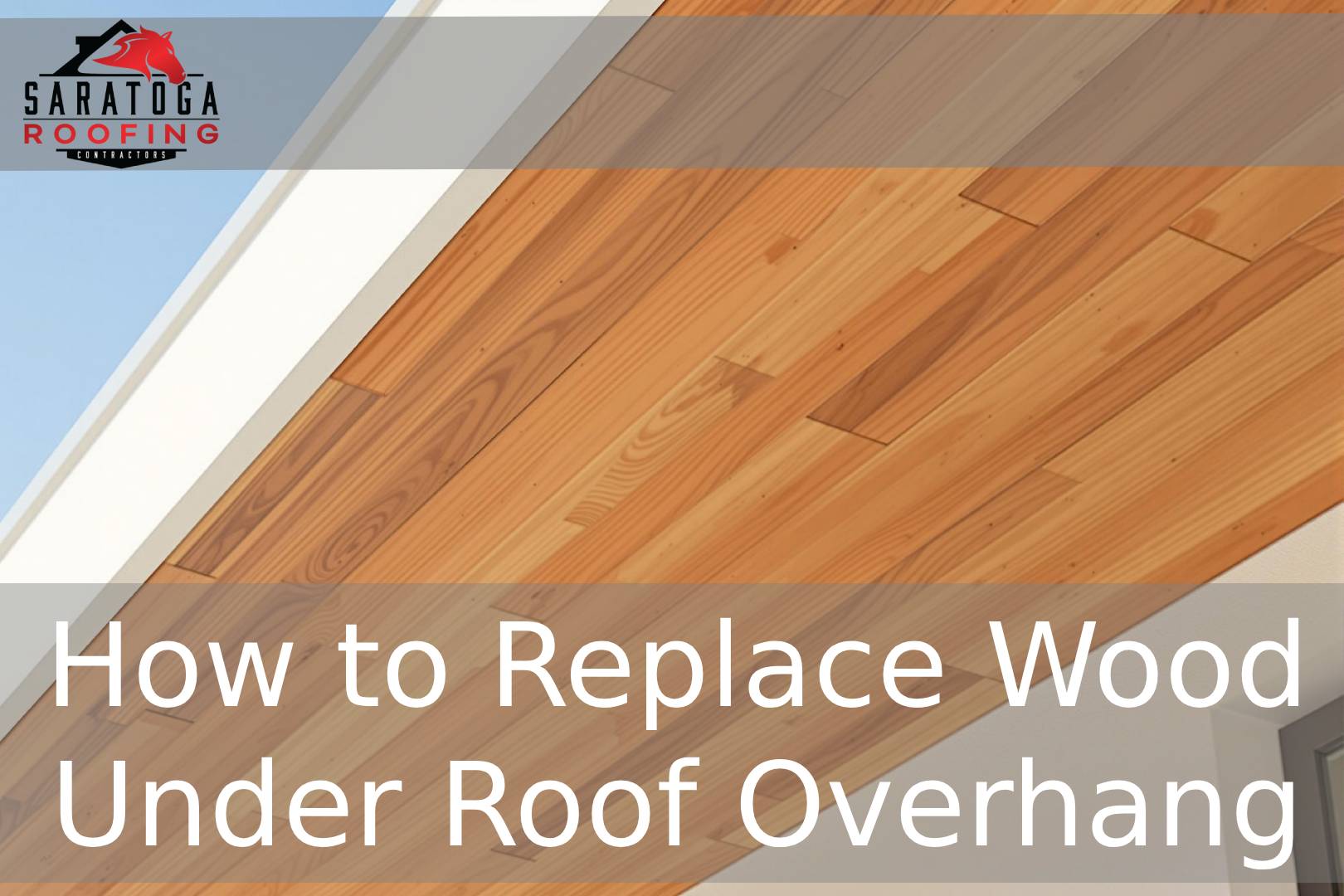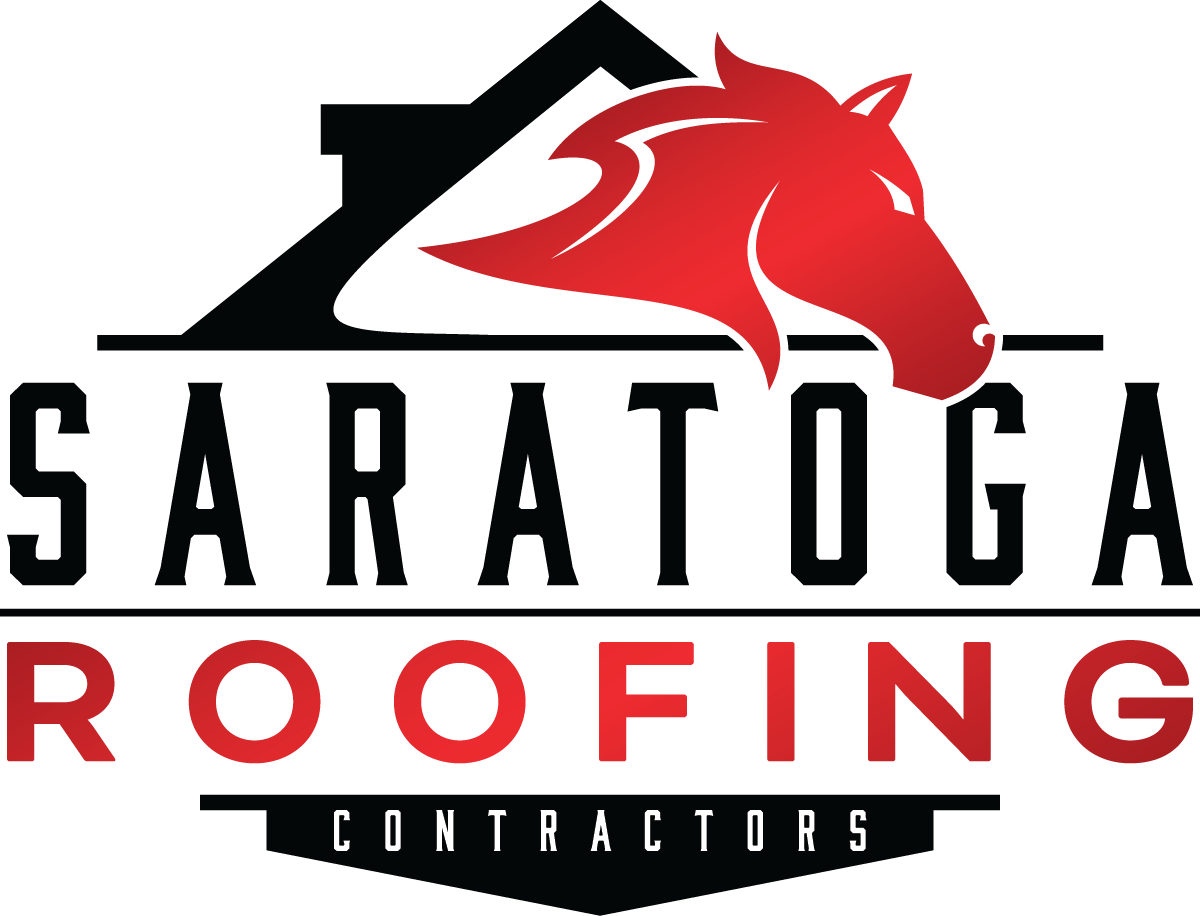
Replacing wood under a roof overhang involves removing damaged or rotted wood and installing new, durable materials to restore structural integrity and protect the home from weather elements.
Small details often have the most significant impact on home maintenance. Your roof overhang is one critical component.
It protects your home from rain and harsh weather and plays a significant role in ensuring energy efficiency.
However, over time, the wood under your roof overhang can rot or deteriorate due to weather exposure, poor maintenance, and pests.
This guide will walk you through everything you need to know about replacing wood under your roof overhang.
Whether you’re preparing to hire a professional or are a confident DIYer, this step-by-step guide will provide the insights you need to approach the project confidently.
What Is a Roof Overhang?
Before we get started, it’s essential to understand the anatomy of your roof overhang. Your overhang generally consists of three key parts:
- Fascia Board – The vertical board facing outward along the roofline, usually where your gutters are attached.
- Soffit Panel – The horizontal underside that covers the overhang and protects your home against pests and weather.
- Sub-Fascia – A structural component behind the fascia board that supports the roof framing.
NOTE:If you’re unsure about these components, consider looking up a labeled diagram of a roof overhang for clarity.
Common Signs of Damage
Knowing when to replace overhang wood is as important as the replacement itself. Look out for these common signs of damage:
- Peeling paint or sagging boards – Indicating aged or compromised material.
- Visible wood rot or mold growth – Signs of constant moisture exposure.
- Water stains near roof edges – Could point to clogged gutters or poor drainage.
- Nests or pest activity in the soffits.
- Soft or crumbling wood when touched.
NOTE: Regular roof inspections, ideally twice a year and especially after significant weather events, can help catch these issues early.
What Causes Rotted Overhang Wood?
New York’s climate poses particular challenges for roof overhangs. Here are the most common culprits:
- Ice Dams and Snow Melt – Snow can back up under shingles and leak onto the wood below.
- Poor Roof Drainage – Clogged gutters or downspouts exacerbate water damage.
- Humidity and Aging Materials – Summer moisture accelerates decay in older wood.
- Lack of Ventilation – Can trap moisture in your attic, speeding up wood deterioration.
Safety First: Precautions Before Starting
Before you pick up a tool, remember that working on a roof is inherently risky. Professionals prioritize the following safety considerations:
- Ladder Safety – Use a stable ladder at the correct angle and height.
- Proximity to Power Lines – If power lines are nearby your overhang, pause work immediately and contact your utility company.
- Fall Protection – Scaffolding or a safety harness is essential when working at heights.
- Personal Protective Equipment (PPE) – Gloves, eye protection, and a mask are crucial if mold or lead paint is present.
NOTE: If safety hazards feel overwhelming, it may be wise to hire a professional. Saratoga Roofing, for example, offers specialized wood replacement services and ensures proper safety measures.
Tools and Materials Needed
Equipping yourself with the right tools and materials will make the process smoother. Here’s a checklist:
Tools:
- Pry bar or flat bar
- Measuring tape
- Circular saw or handsaw
- Hammer and galvanized nails (or exterior screws)
- Cordless drill
- Caulk gun
- Carpenter’s square
- Paintbrush
Materials:
- Pressure-treated lumber for fascia and sub-fascia (e.g., 1×6 or 1×8 boards)
- Exterior-grade plywood for soffits
- Wood filler or epoxy for minor repairs
- Exterior paint or stain
- Weatherproof caulk
- Galvanized nails or screws
Step-by-Step Replacement Guide
Step 1: Remove Gutters
Carefully detach your gutters and set them aside. While doing so:
- Inspect them for blockages or damage.
- Ensure to place all brackets and screws in a safe spot for reinstallation.
Step 2: Remove Damaged Fascia and Soffit
- Use a pry bar to loosen rotted boards.
- Cut out deteriorated sections or remove the entire board, depending on the damage.
- Take care not to damage intact wood nearby.
Step 3: Inspect Sub-Fascia
- Check for areas that are soft or show signs of mold.
- Replace the sub-fascia with pressure-treated wood if it’s compromised.
Step 4: Cut and Install Replacement Wood
- Accurate measurement is key! Use tools like a carpenter’s square for precision.
- Prime all sides of the new wood with exterior primer before installation to prevent future water damage.
- Attach the fascia first, followed by the soffit, securing everything with galvanized nails or screws.
Step 5: Seal, Caulk, and Paint
- Fill any gaps or seams with durable exterior-grade caulk.
- Apply two coats of exterior paint or stain for weather protection.
- Allow adequate drying time between coats.
Step 6: Reattach Gutters
- After ensuring gutters are clean and debris-free, secure them to the fascia.
- Double-check for proper pitch to ensure optimal drainage.
NOTE: Prime every side of your replacement wood—even the hidden ones—for maximum longevity.
Time and Labor Estimate
Replacing rotted wood under your roof overhang typically takes around 1–2 days for a professional. This timeline may vary based on:
- The extent of the damage.
- Complexity of your roofline.
- Additional tasks like painting and gutter maintenance.
Prevent Future Rot and Damage
- Clean Gutters Regularly – Prevent water overflow.
- Check Ventilation – Ensure your attic airflow is adequate.
- Use Treated Wood and Sealant – Always opt for pressure-treated and primed wood.
- Perform Regular Inspections – Catch minor issues before they escalate.
NOTE: Establishing a routine maintenance plan will extend the lifespan of your overhang and save you money in the long run.
Why Hiring a Professional Can Be Worth It
If this all sounds daunting, you’re not alone. Hiring a professional like Saratoga Roofing ensures:
- Expert installation of water barriers like flashing or drip edges.
- Proper safety measures at heights.
- Comprehensive checks for hidden issues like mold or attic leaks.
- Efficient work with high-quality results.
Frequently Asked Questions (FAQ)
Can I replace just a section of the wood, or must I replace it entirely?
If the damage is localized, you can replace only the affected section. However, widespread issues might warrant complete replacement.How often should I inspect my roof overhang?
Twice a year, and always after severe storms or weather events.What wood types are best for replacements?
Pressure-treated lumber and exterior-grade plywood are the best choices for durability.Can poor ventilation cause rot?
Yes, trapped moisture in attics creates the perfect environment for rot and mold.Do I need a permit to replace wood on my roof overhang?
This depends on your local regulations. Check with your municipality before starting work.Should I prime both sides of the replacement wood?
Absolutely. Priming all sides guards against future moisture intrusion.What causes ice dams, and how do they affect wood?
Ice dams form when heat escapes from your attic, melting snow that refreezes near gutters. This process often leads to water intrusion.Can pests damage soffit panels?
Yes, birds and insects can create nesting sites in damaged soffits.How do I ensure proper gutter drainage?
Position the gutter at the correct slope and clean it regularly.Are there benefits to hiring a professional?
A professional ensures quality, safety, and long-term results that DIY projects may miss.
Take Control of Your Overhang Maintenance
Replacing wood under your roof overhang isn’t necessarily complex, but precision, safety, and quality materials are vital.
Understanding the repair process helps make informed decisions, whether you plan on doing it yourself or hiring a pro.
If you’re considering professional help, Saratoga Roofing provides reliable wood replacement and preventative maintenance services.
With expert care, they’ll leave your roof overhang looking and functioning at its best.
